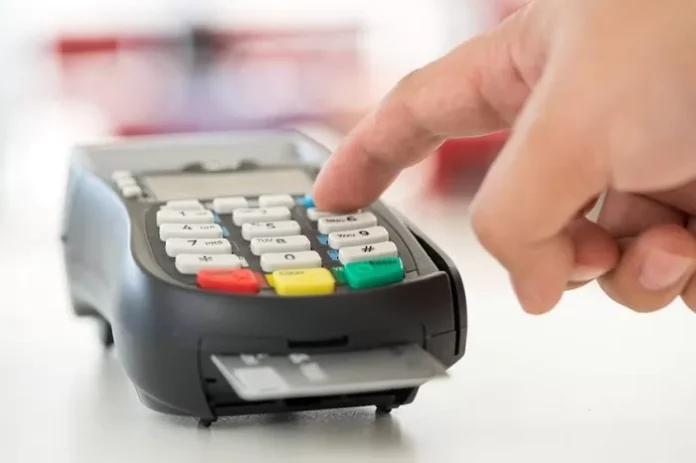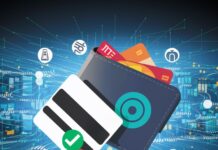Credit cards have become an integral part of our lives. As people loved the feeling of cash in their hands, it’s really hard to believe that we easily turned into plastic piece enthusiasts. It’s true because today, you’ll rarely see someone using cash to pay for some good.
On the other hand, there are still adults who are more comfortable with having money in their pockets. We can easily understand their worries, as it’s hard to trust a rectangle plastic with smooth edges when it comes to receiving your salary or paying for the goods. So, this article will demystify the way cards and credit card terminals work. Usually, businesses use a card machine for business to process those payments. And the way they work seems like magic.
But is it really magic, or is there a practical technology behind it?
The Physical Interaction
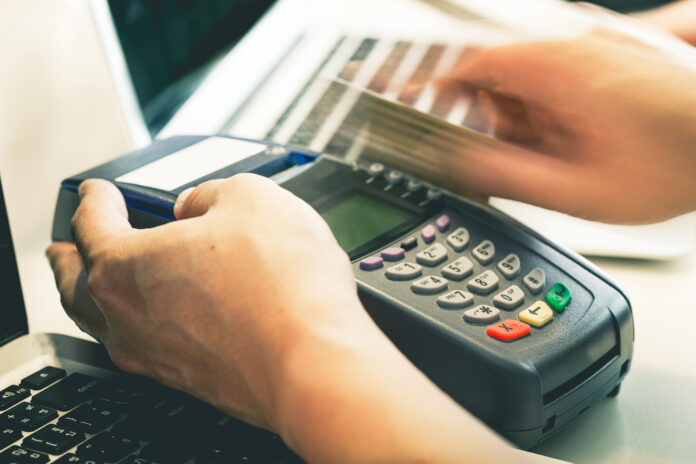
The payment process starts with you touching or sliding your credit card to the terminal. Whether you use a magnetic strip card or a contactless one, you must initiate a physical touch between the card and the terminal. That way, the machine reads the information about the money balance and, surely, the card owner.
After that, it is prepared to connect to the bank and complete the transaction through the terminal. But isn’t that risky and unsafe? Not at all, because the next thing we’ll talk about is:
Encrypted Communication
Terminals use complex algorithms to encrypt the card data to protect it from potential interceptors. This data is temporarily stored and then transmitted to the payment processor.
That way, the terminal creates a connection between the merchant and the bank so the payment can be completed. Initially, you’ll see the paid amount with the status reserved on your account. Once the terminal and bank establish stable communication, the payment will be completed.
Still, it requires a few steps in between, like:
Authorization and Verification
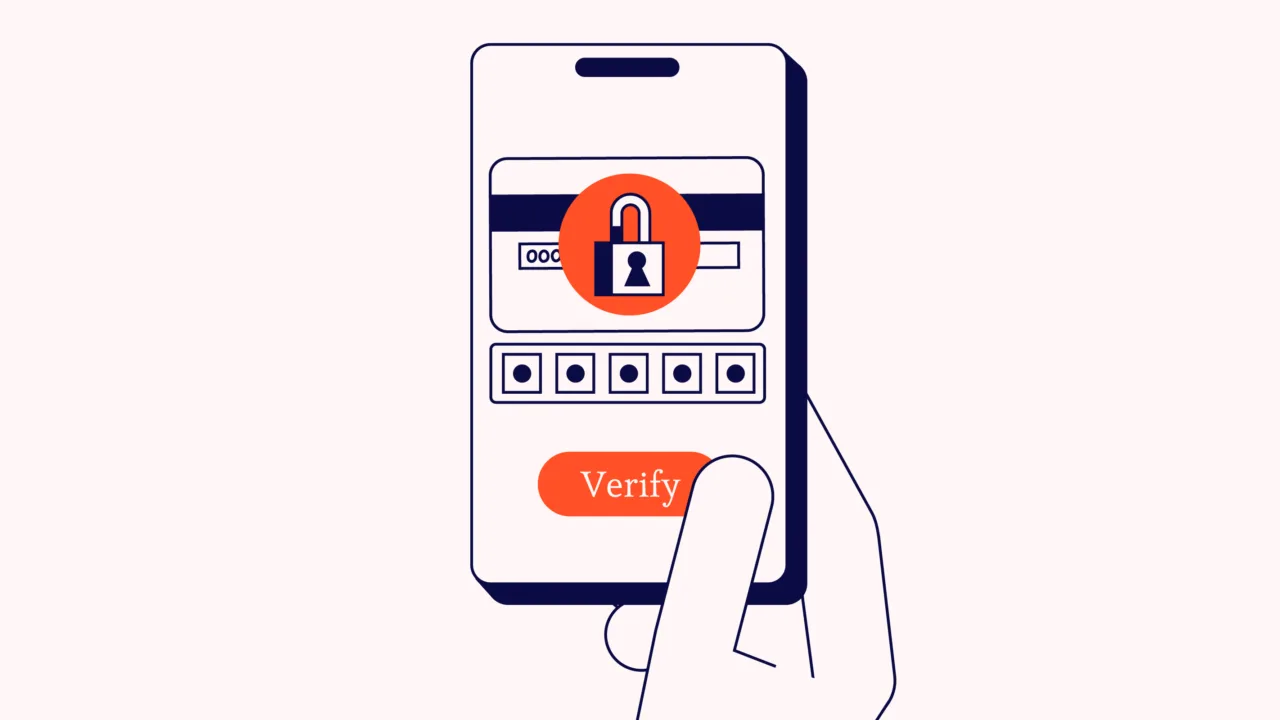
It’s not enough just to establish communication between the terminal and the bank, with your card being the medium between them. The terminal forwards the encrypted information to the bank, and the bank authorizes the transaction as they confirm the card has been issued by them.
Even though it takes only a few seconds, the terminal and the bank’s system compare the transaction details and check for fraud. That’s why you’re often asked to enter your PIN or even receive a code-named OTP on your phone through SMS to confirm the payment.
Approval of the Transaction
When everything matches, your transaction is approved by the bank to the merchant. As a result, you receive a small piece of paper, named a slip, to keep until the payment is completed.
The final step is the funds transferred to the seller’s account, usually in a day (or sometimes within a few business days, depending on the amount and the nature of the purchased goods).
How to Ensure the Transaction is Secure?
First, you need to trust the issuer, i.e., the bank. Second, the card comes with a chip and PIN, which means all the data related to you is stored and protected that way.
Also, almost all cards are protected with point-to-point encryption. The merchants should also meet the payment card industry data security standards to accept credit cards. That way, the personal information and money balance of the cardholder are protected.
Know the Credit Card Terminals Type
As they seem similar to each other, there are various types of credit card terminals. The technology behind them is the same, but the differences are mostly related to their mobility. For example, countertop terminals are connected with a wire to the cash drawers, while wireless ones are great for restaurants and delivery services.
Mobile card readers are more compact, portable, and affordable, while security concerns can be present, too. Virtual terminals are the ones integrated into eCommerce websites and online merchants. It uses the same technology to confirm the details, but you need to manually enter the credit card data to process.
How to Stay Safe When Paying With Credit Card?
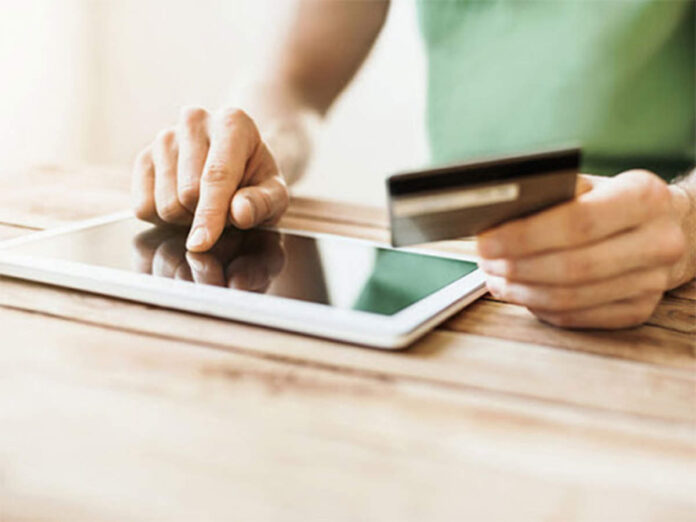
It’s enough to be careful and keep your card close to you. Still, accidents happen, and your bag or wallet can be stolen or lost. In that case, we suggest calling the bank and renewing the card.
In the meantime, you must be aware of skimming devices that capture card information for later tampering. Always choose reputable sellers to avoid such shady activities.
Don’t share the PIN and CVV code, as these numbers are confidential and only for you. Have a habit of monitoring the bank statements to report any suspicious transactions that weren’t approved by you.
For online payments, we suggest using strong passwords and multi-factor authentication when possible.
Remember, credit card terminals can ease our lives, but only if we know how to use them properly.
Future Trends of Card Payments
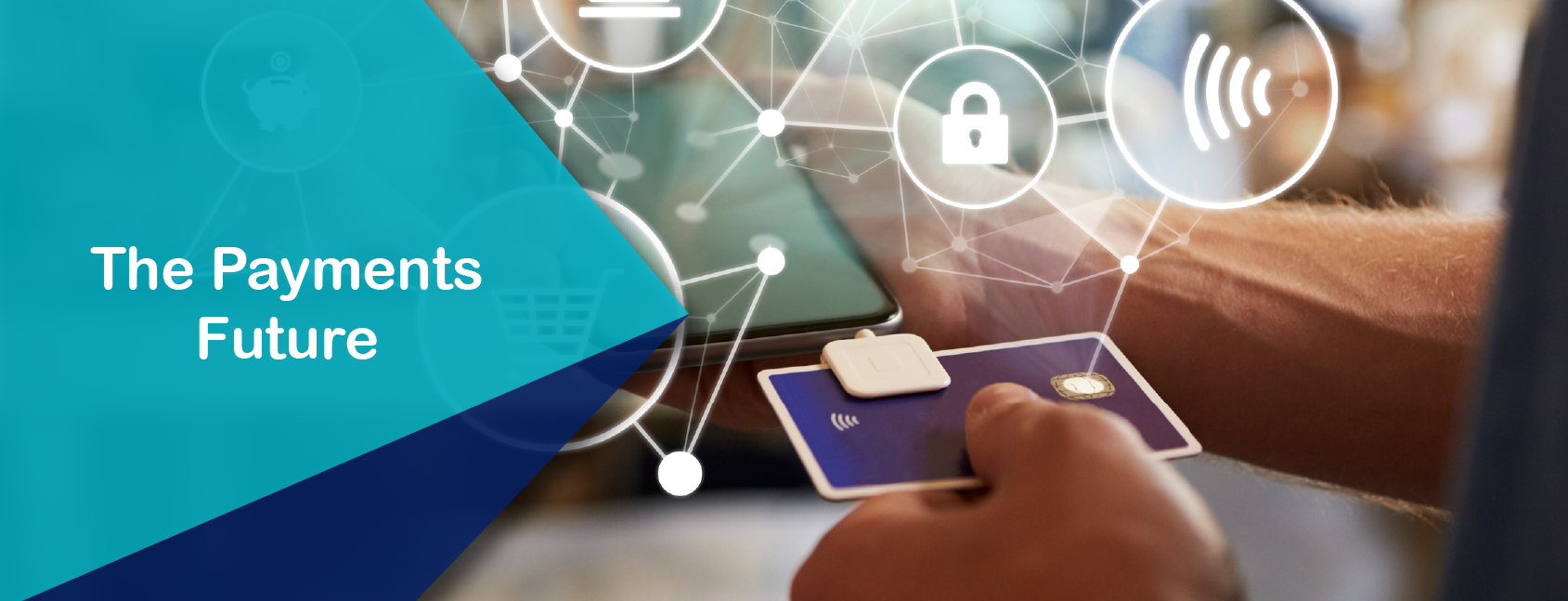
We strongly believe that the current credit card terminals will get more sophisticated in the future. They will probably integrate fingerprint scans or facial recognition to authenticate the transaction.
Another trend we believe in is artificial intelligence in fraud detection, as AI can analyze large amounts of data in seconds, detecting unusual patterns and transactions. That way, credit card users are protected from fraud, ensuring the security meets high levels and standards.
Surely, credit cards and payments evolve every day, but we must understand the new technology and the availability of secure payment solutions. It’s on us to embrace the new opportunities we have for easier payments and transactions.
Final Thoughts
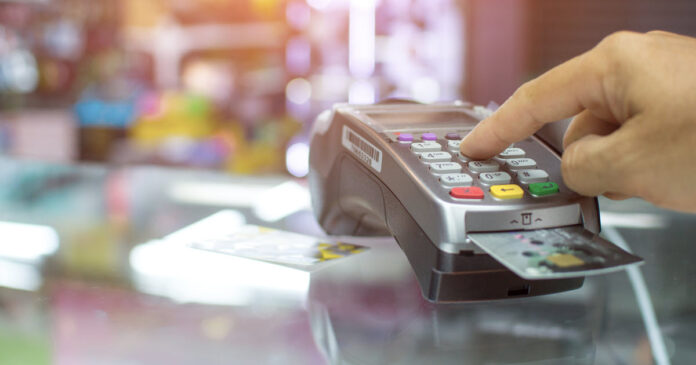
See, there is technology, not magic, behind the credit card terminals. It’s important to remember that when performed properly, these transactions are more secure compared to cash payments.
Behave with care and always keep your card close to you. Never share any details with anyone. If you see suspicious activity, report it to the bank and authorities for future processing. It’s easy like that, so be responsible – that way, you won’t need to be afraid of anything.
